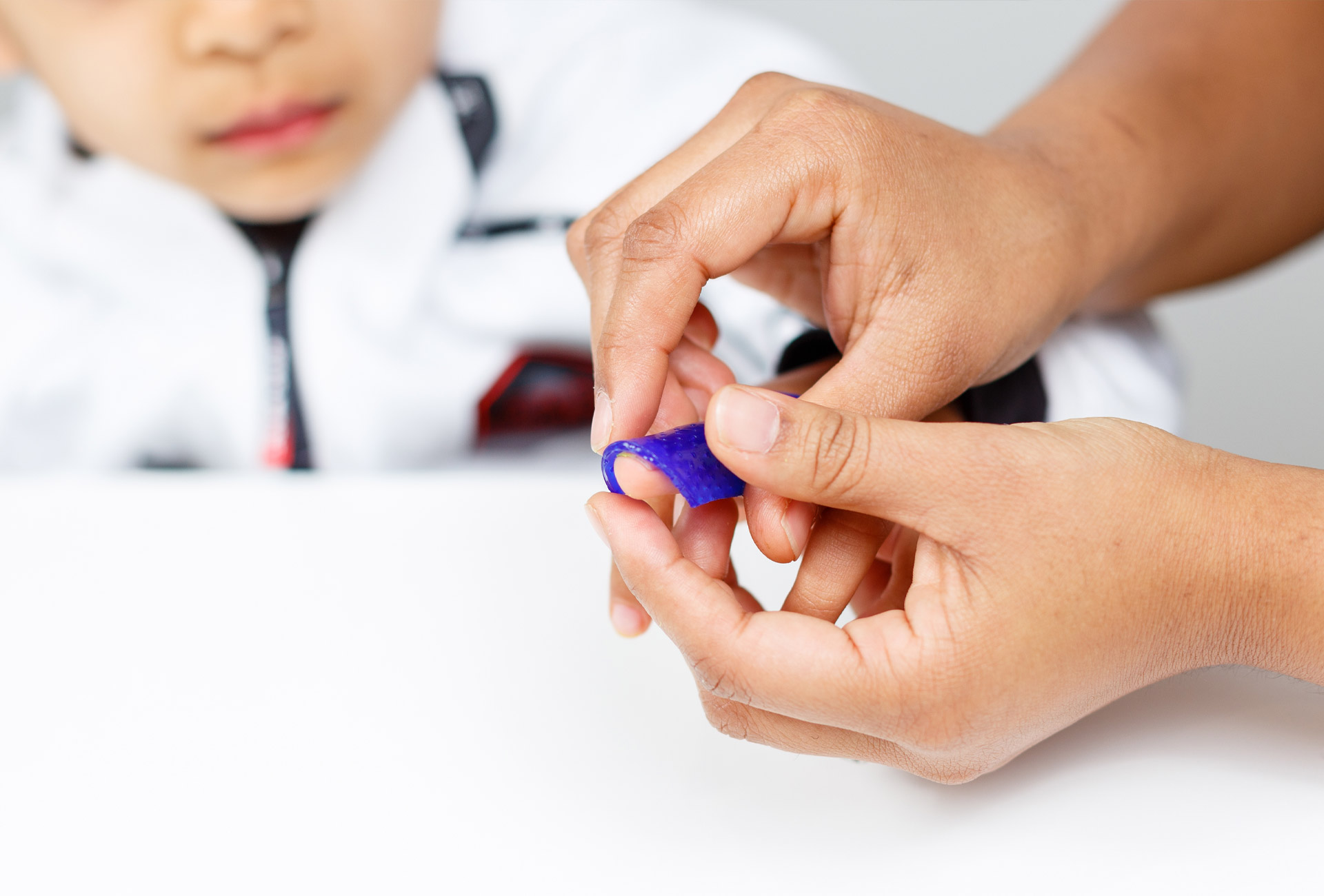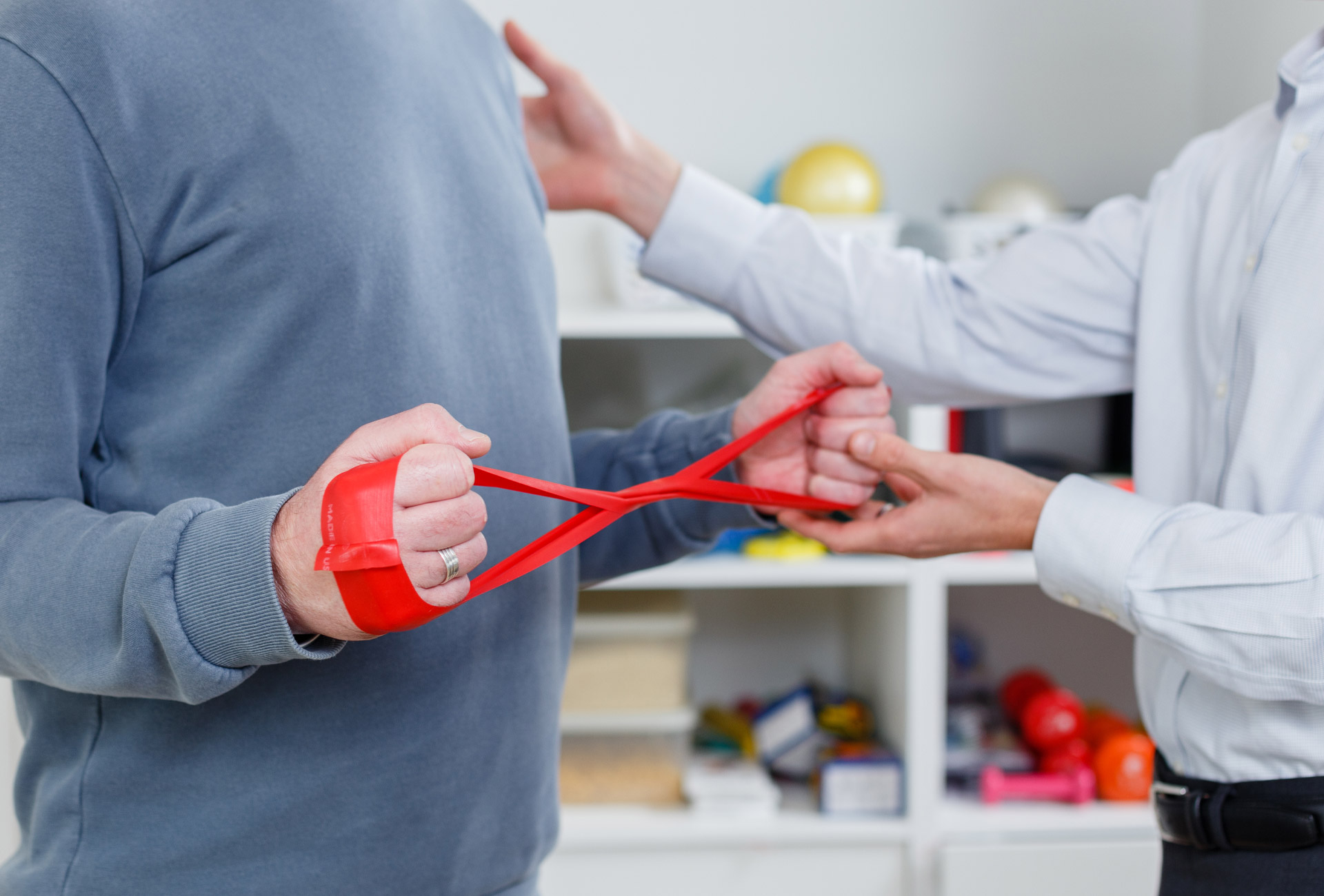To understand what your goals are, we ask questions such as: What are your key issues? What parts of your life are being impacted by their injury or condition? And, what do you want to get back to doing?
Knowing this helps focus us on what’s most important. We also find that if people have a goal to work towards, they’re much more motivated to do the exercises we set them outside of appointments – something that’s crucial to recovery.
While we like to set ourselves the goal of achieving a perfect result, this isn’t always possible. However, by focusing on specific needs through a bespoke and tailored treatment program, we can return function and achieve great outcomes.


